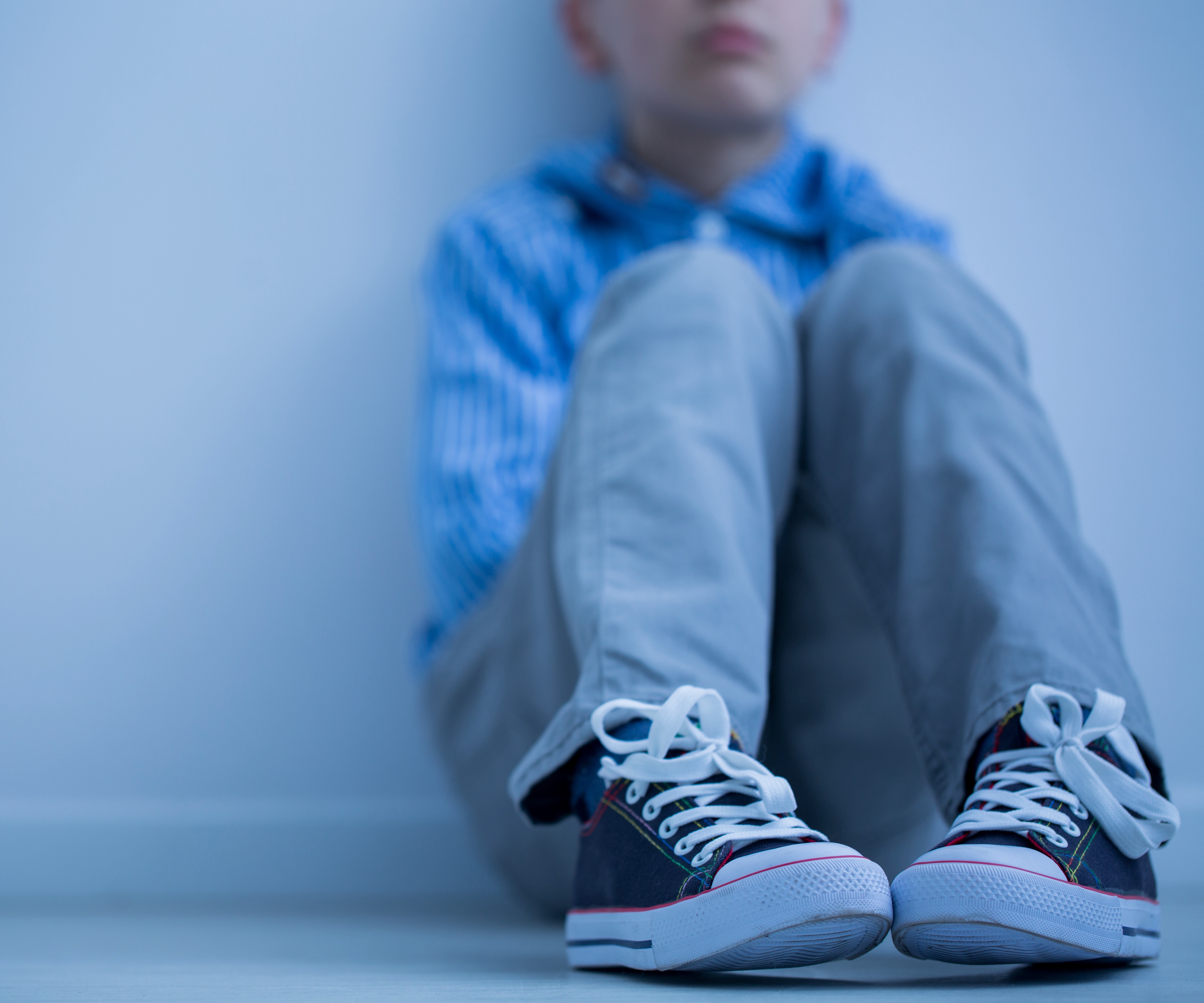 NEW STUDY SHOWS INCREASES IN DEPRESSION AND ANXIETY SYMPTOMS IN YOUTH DURING THE PANDEMIC
NEW STUDY SHOWS INCREASES IN DEPRESSION AND ANXIETY SYMPTOMS IN YOUTH DURING THE PANDEMIC
Tracy Vaillancourt, Sheri Madigan, Nicole Racine, Ross Neville and Daphne Korczak
May 8, 2023
Tracy Vaillancourt, Ph.D., Professor and Canada Research Chair, University of Ottawa; Chair, COVID-19 Task Force, Royal Society of Canada
Sheri Madigan, Ph.D., Professor and Canada Research Chair, University of Calgary
Nicole Racine, Ph.D., Assistant Professor, University of Ottawa
Ross Neville, Ph.D., Assistant Professor, University College Dublin
Daphne Korczak, M.D. MSc, SickKids’ Chair in Child and Youth Medical Psychiatry, Associate Professor, Department of Psychiatry, Hospital for Sick Children, University of Toronto
At the beginning of the pandemic, rapid evidence about the impact of the pandemic on the mental health of children and adolescents was needed to inform policy decisions. This urgency made sense. Decisions needed to be made promptly to guide public health measures, allocate resources, and support those most in need. Most of the initial studies used cross-sectional evidence or single time point “snap shots” to describe changes in the mental health of children and adolescents. These studies generated headlines like “Youth depression and anxiety doubled during the pandemic”.
Some researchers and clinicians were quick to criticize this evidence, stating that high-quality studies were lacking. They went as far as to say that the research was creating an unfounded widespread feeling of irrational fear that the pandemic was threatening the well-being of society. However, clinicians working on the frontline in tertiary and outpatient care settings argued that the evidence was in fact consistent with their lived work experiences. Our own group cautioned researchers and clinicians against a polarized stance of “the kids are alright” versus “the kids are not alright”. We argued that this type of dichotomy oversimplified the complexity of issue by ignoring “critical nuances of the data”.
To date, there has been one missing piece of the puzzle: high-quality longitudinal data from studies where follow-up evaluations have been conducted on the same youth who were assessed before and during the pandemic so that changes in mental health outcomes can be accurately documented. This type of evidence is considered gold-standard, especially in the absence of the ability to conduct randomized control trials.
In a study published in JAMA Pediatrics, we have attempted to answer this question by synthesizing 53 studies involving 40,807 children and adolescents from 12 countries. By combining data that reported on depression and anxiety symptoms in the same children and adolescents both before and during the COVID-19 pandemic, our group has demonstrated a notable increase in depression symptoms during the pandemic when compared to before the pandemic. Similar to what has been found in other recent studies, girls were more negatively impacted than boys during the pandemic. But it is important to note that even before the pandemic, depression and anxiety were twice as common in girls than in boys, a gender differences that begins after puberty and continues into adulthood. Possible reasons for the higher mental health burden in girls compared to boys include greater exposure to adversity, assault, and violence, more loneliness, lower-self esteem, and a greater tendency to ruminate (i.e., think about things repeatedly) and acknowledge emotional distress.
We also found that youth living in high income families showed greater increases in depression compared to youth from low-income families. We can only speculate, but it is possible that youth from higher income families may have had more violated expectations and routine disruptions during the pandemic (e.g., clubs/team sports that were cancelled or repeatedly interrupted), which can precipitate mental distress.
Regarding anxiety, we only found a slight increase in symptoms, which may suggest that changes in anxiety were more variable—they may have initially rose at the outset of the pandemic, and then ebbed and flowed during the pandemic.
So, what should we do with this information? We need to continue to advocate for mental health services for children and adolescents. Before the pandemic, 1 in 5 youth had significant mental health issues in Canada and only 1 in 3 received the services they needed. And yet despite this clinical service gap, and the growing mental health problem during the pandemic, the federal mental health transfer was cancelled, and the new funding for mental health includes indicators that are not child specific. Given the lack of distinction made for children and adolescents, it seems likely that mental health funding will be swallowed up by adult services. Thus, we need to urge decision makers to direct funding for child and adolescent mental health research and services. This urgent need is illustrated by another recent meta-analysis by our group that showed a 22% increase in accessing acute care services for suicidal attempts in children and adolescents during the pandemic.
Enough evidence has been aggregated to show that, compared to before the pandemic, distress among young people has increased during the COVID-19 pandemic. Children and adolescents accessed health care services at higher rates for severe mental distress, and physician-based mental health care services for youth increased by 15% in the pandemic. To optimize the health and well-being of children and adolescents, we need to act swiftly, and bolster resources, supports, and accessibility to mental health services. We also need to raise awareness about this pernicious problem, not just during the mental health awareness month of May, but until this issue is addressed in earnest. The stakes are high. Unless the mental health of youth in Canada is prioritized, we may be on the precipice of a disaster that will have a ripple effect on generations to come.
This article initially appeared in the Globe and Mail on May 8, 2023.



